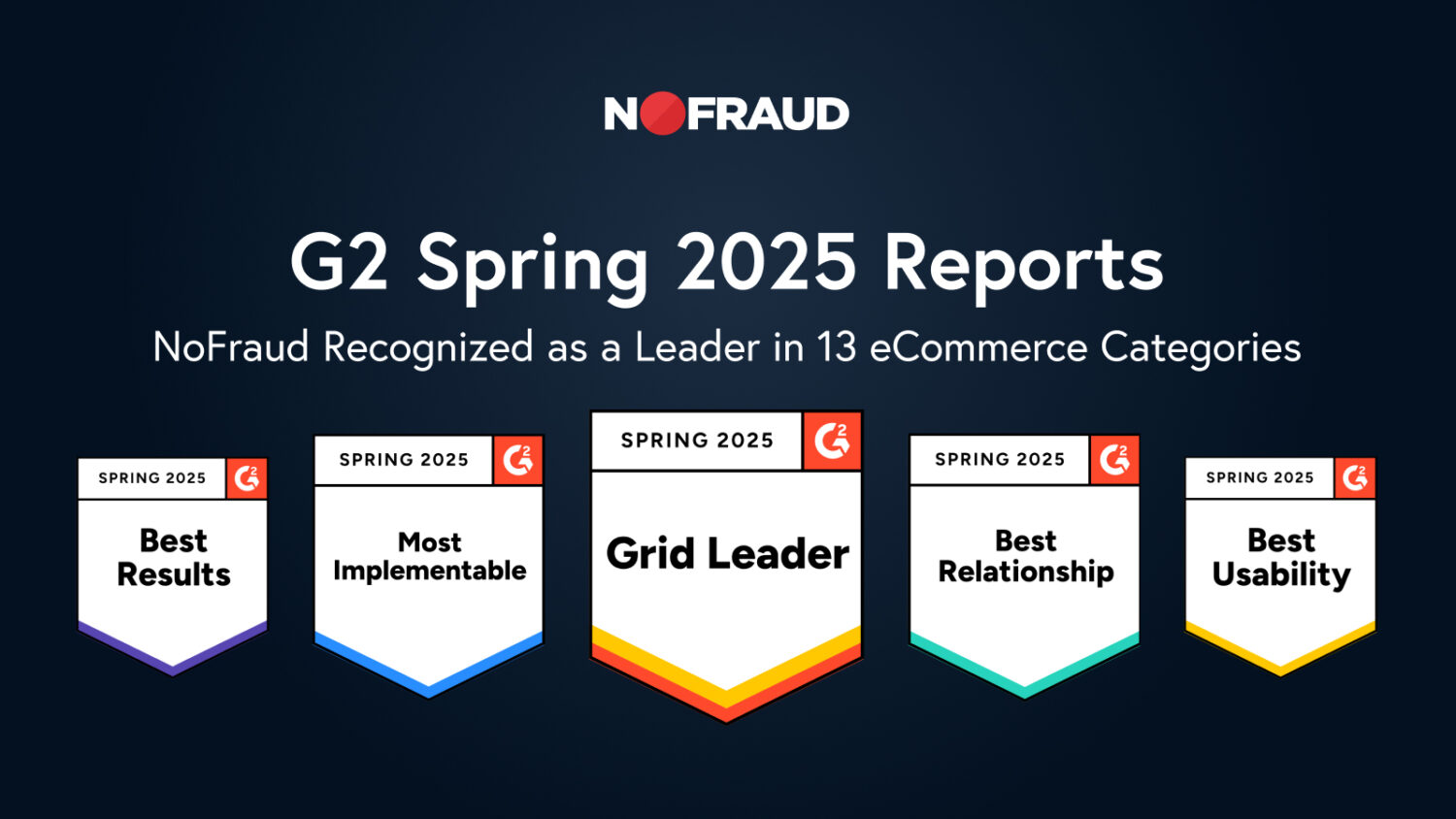Online shopping has been increasing significantly in popularity over the past decade. By 2021, it’s estimated that around 17.5 percent of all retail sales will occur through online storefronts. While online shopping has been very popular for quite some time, it has become the main method of shopping for many consumers since the COVID-19 pandemic began.
Unfortunately, the prevalence of online shopping has also brought about a significant rise in fraud on various online ecommerce platforms like Magento, Shopify, and WooCommerce. If you manage an online store on one of these platforms, it’s important that you look into fraud detection and prevention methods to ensure that customer information is kept safe and secure.
Fraud Is On the Rise
While online shopping has been highly popular for many years, the ongoing threat of the COVID-19 pandemic has caused consumer behavior to shift in a variety of ways, which has itself caused attackers to alter their approaches when it comes to committing fraud. For instance, food delivery has become much more commonplace, which is why fraudsters have focused on this industry in recent months. Some of the top examples of fraud in the online shopping industry include:
- Draining loyalty points that can be resold on the dark web
- Stealing financial and credit card information
- Committing account takeover attacks
- Placing orders for services or goods through accounts that have been hacked
The rise in fraud also correlates with changes that online merchants have been making in recent months to account for the increase in online shopping. For instance, many of these merchants are making regular changes to their online applications, which invariably causes more vulnerabilities and bugs to occur when the applications go live. Before you focus on implementing WooCommerce or Shopify fraud prevention techniques, it’s essential that you understand why fraud is occurring more regularly and what the modern trends are with online shopping fraud.

Modern Trends in ecommerce Fraud
Along with the types of attacks mentioned previously, attackers have been using highly sophisticated bots that are able to solve the CAPTCHA programs that many site owners implement to bolster security. A CAPTCHA is typically used to ensure that the individual entering into their account is a human instead of a bot. However, recent advancements allow this form of security to be bypassed. It’s also important to understand that many of the attacks that have been taking place are focused on APIs as well, which means that they are no longer solely centered around the website itself.
When malicious traffic is sent to a website, it’s typically sent in spikes that occur throughout periods of 24-48 hours. During these sustained spikes, the levels of malicious traffic are significantly higher than those of legitimate traffic from actual users of the website. Unless websites are ready for the changes that have occurred with online shopping fraud, instances of successful fraud will be much more likely to occur.
While fraud is increasing in practically every area of online shopping, there are three separate targets that have had the most sizable percentage increases in fraud, which include home furnishings, online fashion, and food delivery. When looking specifically at home furnishings, account takeover attacks have been especially prevalent and have occurred at a rate of four times higher than before the pandemic. Keep in mind that attackers aren’t solely focusing on the top 50 retailers. With home furnishings, fraud attacks occur on small company websites as well.

As for online fashion, high-end fashion moved quickly from brick-and-mortar stores to online websites back in February and March. Since that time, items like cosmetics, clothing, and sportswear have had a substantial rise in site traffic. Because these items have increased in popularity, fraud attempts have also become more prevalent. It’s possible for an online fashion website to obtain seven times more malicious traffic than legitimate traffic in the same time period. Loyalty card attacks are also very common with online fashion since many of the primary retailers in the industry have loyalty programs.
When looking specifically at food delivery, restaurants, and businesses that offer these services have seen increases in food delivery that range from 70-200 percent. Because of this heightened popularity, websites are finding it more difficult to implement security features that are equipped to handle new users and the distinct behavior patterns that come with them. Account takeover attempts are particularly common within the online food delivery industry.
These trends in online shopping fraud indicate that new security measures will need to be implemented by online shopping websites and platforms if they want to avoid being the recipient of successful fraud attempts. While the presence of COVID-19 explains why fraud is occurring at an ever-increasing rate, customers won’t be happy if they find that hackers are gaining access to their data or accounts. If you want to make sure that fraud doesn’t occur with your website, it’s important that you take the necessary steps to bolster your website security.
Common Techniques of Payment Fraud
There are six basic types of online shopping fraud that you should be aware of, which include:
- Identity theft
- Clean fraud
- Friendly fraud
- Triangulation fraud
- Affiliate fraud
- Merchant fraud
Identity theft is a very common form of fraud that allows the attacker to perform transactions through the shopping platform in question. In order to perform identity theft, attackers work to obtain credit card information, account information, or email addresses from their targets. Once they gain access to the right information, it’s possible for them to make purchases on your store under the name of a customer of yours.
Clean fraud refers to transactions on an online shopping platform that look legitimate but are actually fraudulent. Attackers will steal credit card information before inputting this information into an online shopping platform or website. This form of fraud is very difficult to detect. When looking at friendly fraud, this occurs when a customer pays for an item but eventually initiates a standard chargeback, which they can do by claiming that their account details or credit card information was stolen. They will be reimbursed while also receiving the product in question.

Triangulation fraud is named as such because it uses three points of interest to commit fraud. For one, a fake storefront is created, which lists in-demand items at very affordable prices that are considerably lower than market value. When customers purchase one of these items, the attacker will gain access to address information and credit card data. From here, goods are purchased at another store before they are sent to the customer, which makes the transaction appear to be legitimate. The third aspect of triangulation fraud involves making many additional purchases with the use of the stolen credit card data. Because the initial order was legitimate, it can take some time for this form of fraud to be detected.
Affiliate fraud involves making money directly from an affiliate marketing program by falsely increasing signups and traffic data. As for merchant fraud, this form of fraud takes place when an order is made but the item is never shipped. If performed correctly, it can be very difficult for the customer to get their money back. If you manage an online shopping store or platform, you’ll want to take steps to bolster your ecommerce fraud prevention techniques.
The Financial Impact of Fraud
Fraud will invariably have a significant impact on nearly all online shopping sites and businesses. Even if fraud is prevented, retailers spend anywhere from 5-10 percent of their annual budget on fraud prevention. Along with the overall costs of fraud management, it’s important to understand that online retailers must also deal with chargeback losses and false positives. If an attacker gains access to your website and steals credit card information from a high amount of your customers, your reputation will take a hit, which will invariably reduce your annual revenues as you work towards improving your reputation.
Keep in mind that false positives are transactions that are legitimate but flagged as fraudulent, which means that false positives reduce sales and damage your reputation among customers. It’s believed that upwards of 30 percent of transactions that are flagged as fraudulent are actually legitimate. While the overall costs associated with fraud prevention are high, they are much lower when compared to the costs that come with dealing with the aftermath of successful attacks against your website or platform.

How to Engage In ecommerce Fraud Prevention
In order for your online storefront to be successful on a long-term basis, you will need to engage in ecommerce fraud prevention as well as fraud detection, the latter of which may help you stop fraud attacks before they are completed. There are a myriad of modern prevention capabilities that your business should look into if you want to be at the forefront of fraud prevention. By preventing a high percentage of fraud from taking place, you may garner a reputation as providing customers with a secure user experience, which is invaluable.
Fraudsters are becoming increasingly sophisticated with the kinds of attacks that they administer. If you want to be on top of these issues, it’s very important that you make use of modern security techniques and methods. Some of the online fraud prevention techniques that you use with your storefront include PCI-DSS, CVV, an anonymous proxy server, and various security services.
If you’re looking to engage in WooCommerce, Magento, or Shopify fraud prevention, one software service that you should consider is NoFraud, which is designed specifically to address concerns with ecommerce fraud. This particular software service can be connected with the top platforms for online storefronts, which include Magento, BigCommerce, Shopify, and WooCommerce. Unlike many software services that strive to reduce fraud, NoFraud aims to increase the number of approved transactions instead of focusing on blocking transactions. When implemented into your online storefront, this solution can effectively reduce false positives, which ensures that a higher amount of legitimate transactions take place.
The top features that are available with NoFraud include:
- The ability to screen phone orders
- The ability to cancel chargeback protection with certain orders
- Extensive email and phone support
- Comprehensive reporting so that you can remain aware of any attempt at fraud that occurs on your website
- The ability to create multiple user accounts
- The ability to build lists of customers who are allowed on your website as well as customers who are denied from using your platform
- Transaction insight
Once you have implemented this software into your online storefront, you should quickly notice a higher order acceptance rate, increased efficiency, and a significantly reduced chargeback cost.
Because of the rise in online shopping, fraud is prevalent across all shopping platforms like Shopify and Magento. While the COVID-19 pandemic is ongoing, you will likely notice an influx of customers who are shopping at your online storefront. In order to maintain your reputation and reduce the expenses that come with fraud, it’s essential that you focus on bolstering your fraud detection and prevention techniques. With the right software, you can prevent most fraud from occurring on your website, which ensures that your users are provided with a consistent and exemplary user experience. If you act today, you should be able to accommodate the increase in traffic to your website, which can help you keep successful attempts at fraud to a minimum.



